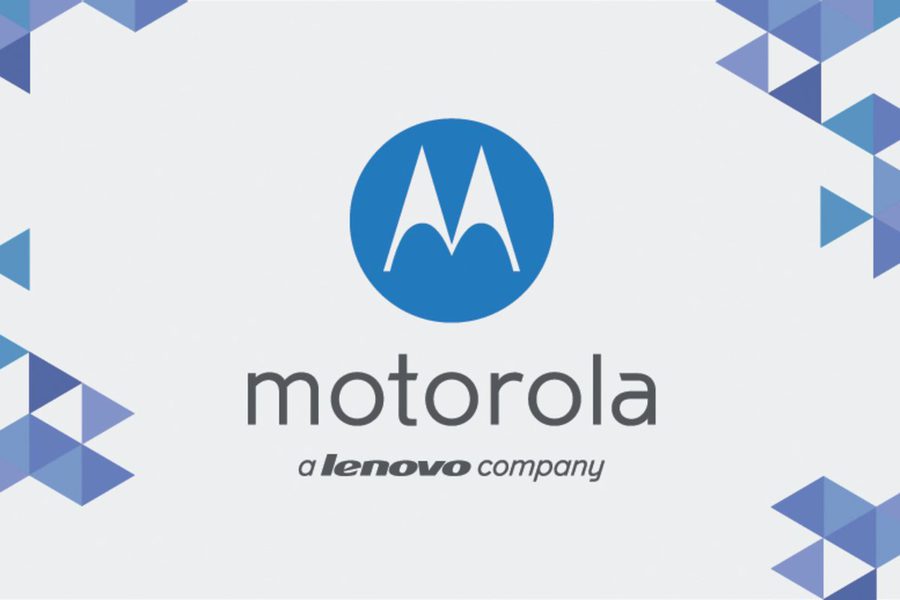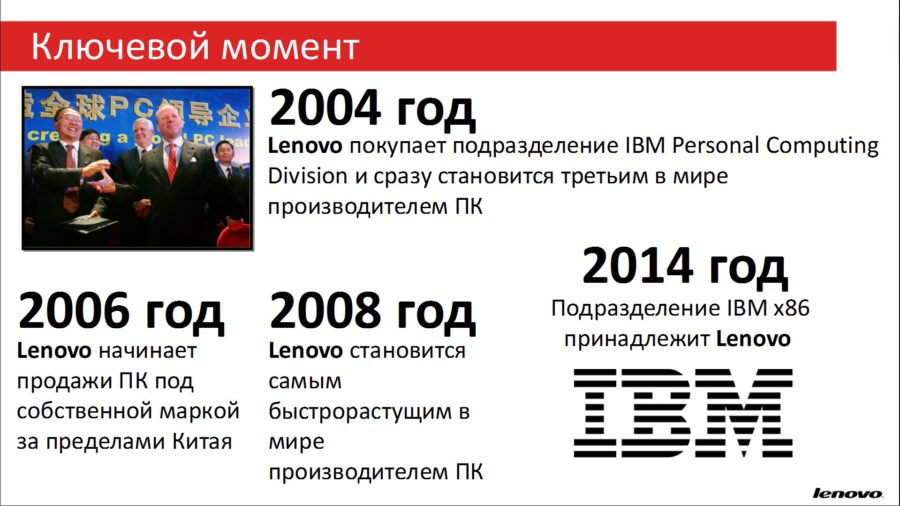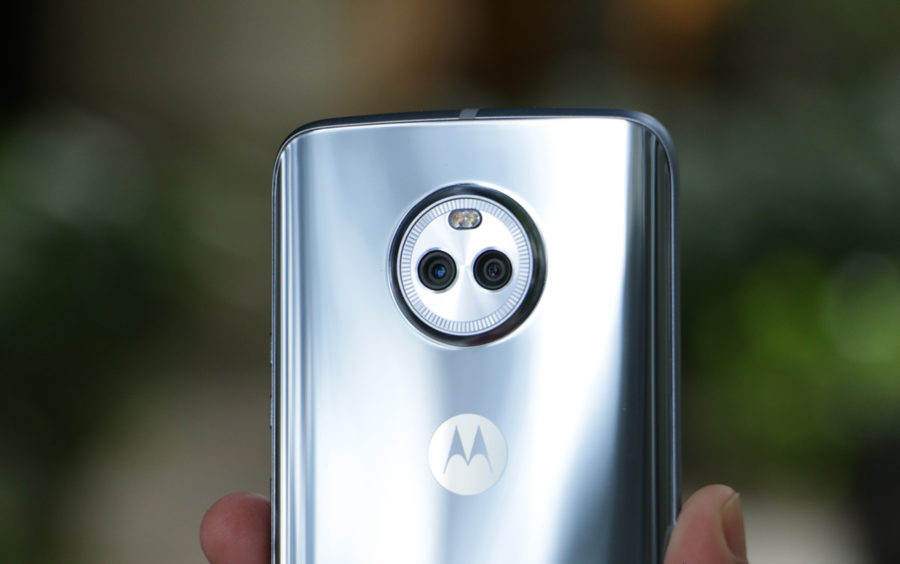Based on materials from androidpit.com
While the whole world is discussing the new flagship HTC and moving away from Google I / O, in China all eyes are on the problems Lenovo and Motorola. Lenovo has long and unsuccessfully tried to resist the expansion Xiaomi. And just recently, the idea slipped through the Internet that the company wants to merge the two brands. Is Lenovo really out of power to keep Motorola afloat?

Sometimes, you need to look back and rethink past actions to improve your chances of future success. It looks like Lenovo and Motorola are in just such a situation.
Something went wrong …
After Lenovo completed the acquisition of Motorola Mobility at the end of October 2014, the corporation had ambitious plans for the mobile market. In November 2016, CEO Lenovo Yang Yuanqing said in an interview with the German DPA that Motorola should again enter the TOP-5 manufacturers in 2017 and in the same 2017 the mobile division will become profitable after continuous losses over the past few years. Despite the fact that in the IV quarter of 2017 sales of smartphones increased, and for the whole last year the total profit increased by 39%, the share Motorola in the global market is 3%, leaving the company in eighth place among the most successful manufacturers.

Xiaomi and Oppo this year will create an incredible amount of problems for Lenovo as they stick to the most aggressive ad campaigns funded by huge cash infusions: for this Xiaomi will increase capital with via the upcoming IPO, and OPPO, owned by BBK Corporation (which in turn includes Vivo and OnePlus), is going to return to the European market soon, where BBK will use a 'three brands strategy', receiving some simply unthinkable revenue.
Yang Yuanqin is not in the best position. The PC and laptop market stalled, Motorola never re-emerged as one of the leaders in the mobile industry, and worse, Lenovo had to sit back and watch as Xiaomi rises to the fourth place in the list of the largest manufacturers after Huawei.

Not Apple or Samsung's main enemy Lenovo, but Xiaomi
When it comes to the smartphone market, Samsung and Apple are out of reach for Lenovo. The latter, apparently, wants to compete with Xiaomi, which produces not only smartphones, but also many other categories of devices. Laptops, tablets, VR / AR gadgets, smartphones are just the largest niches in which these two players are fighting for their market share.
One of the latest signs of this animosity is the Vice President Lenovo of Mobile China, which contains an image of a smartphone with a screen that occupies 95% of the front panel; the release of the device should take place in the near future.

Then on May 8, the Indonesian office Lenovo posted a tweet announcing the merger of computer divisions Lenovo into the Mobile Business Group (MBG) under the leadership of the former CEO of the company Acer, who previously managed to withdraw Acer ranked # 2 among manufacturers in the PC market, and after moving to Lenovo in 2011 as chief operating officer, he made the company a leader in PC component sales. In addition, he rebranded the once obscure ThinkPad line to Lenovo as a manufacturer of consumer business notebooks. Now this ingenious manager is planning to do something similar with smartphones.

New is well forgotten old
Although initially the goals of the Chinese manufacturer were different, Lenovo solidly strengthened in the budget class, while Motorola mainly produced devices from the middle and upper price segments. Probably, the new boss will now direct all forces Motorola to release relatively inexpensive flagships, leaving the G and X lines, but getting rid of smartphones with the Z index.

Eventually
The mass buyer, especially in America, associates it with the mobile market Motorola. But in Europe and Asia, the situation is the opposite, where everyone is used to inexpensive and fairly high-quality smartphones from Lenovo. In any case, the Chinese will unite the two companies under one brand, and it is unclear only whether Motorola will live or be absorbed by its owners: And if the legendary brand continues to exist, will it be able to abandon the production of top-end devices for 1000+ dollars .
